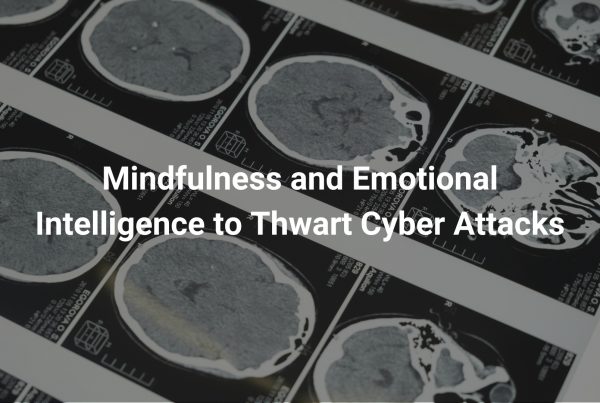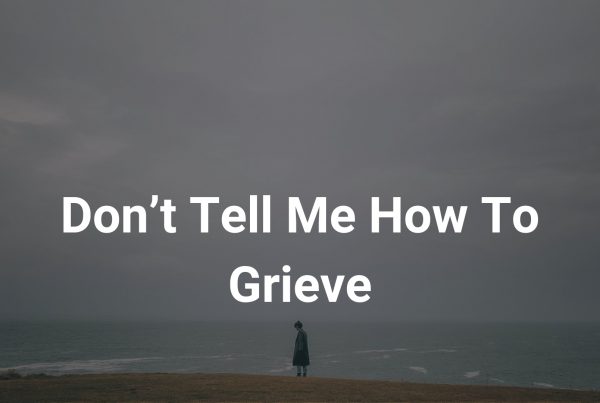2020 was filled with historic and unprecedented events, from the massive toll of COVID-19 to the George Floyd protests to the economic crash. Another unprecedented event came much more quietly, though no less resounding. 2020 was a record-breaking year for reports of suspected child exploitation, with more than 21.7 million tips made to the National Center for Missing and Exploited Children (NCMEC)’s CyberTipline. NCMEC also noted that reports of online enticement went from 19,174 in 2019 to 37,872 in 2020, an increase of 97.5%, and reports of child sexual abuse material (CSAM) went up by 28%.
There are many potential explanations for this, not least of which is increased policing by electronic service providers (ESP), who play a critical role in moderating and removing CSAM content. The societal effects of the coronavirus have been hugely impactful as well; moving from a physical world into an overwhelmingly virtual one has inescapably led to more screen time for children. While this has been integral in maintaining semi-normal lives, through online schooling, work, and social interactions, those same boons have led to increased opportunity for exploitation, with social media and video games being two of the biggest culprits.
Though this increase in cases can be overwhelming, it also shows a new and remarkable intentionality on locating and documenting cases. Drastically fewer reports in 2019 compared to 2020 does not equate to there being drastically fewer incidents; rather, fewer were reported. In an article published by Thorn, they detail why the increase in CSAM should actually be considered a good thing. They note that CSAM appears on “every platform with an upload button”. Typically, lower reporting equates to reactive reporting, not to less content. The increase in reporting signals that platforms are becoming more aggressive about detecting, reporting, and removing abuse content.
This perspective highlights the importance of both education driving action and the significance of working together in the fight against exploitation. It is only when the private, non-profit, and federal sectors work in concert with one another and with their communities that we begin to see change.
As we continue existing in a virtual world, it is more important than ever to educate yourself and your children on the dangers of online enticement. There are many resources available to help parents begin the conversation, including the Innocent Lives Foundations (ILF)’s education series. Additional resources can be found at the National Center for Missing and Exploited Children, the Center for Cyber Safety and Education, and the US Department of Education.
We take nothing more seriously than the safety of our youth. ILF’s mission and purpose has always been to use our unique talents and networks as cybersecurity experts to address child exploitation and prevent crimes against future victims. In 2020, we submitted a record 156 cases to our law enforcement partners and are well on our way to surpassing this number in 2021. If you would like to support our mission, please consider donating.
If you want to report any exploitation of children, a website promoting exploitation of children, or social media being used to spread pictures of child abuse to the ILF you can do so here.





